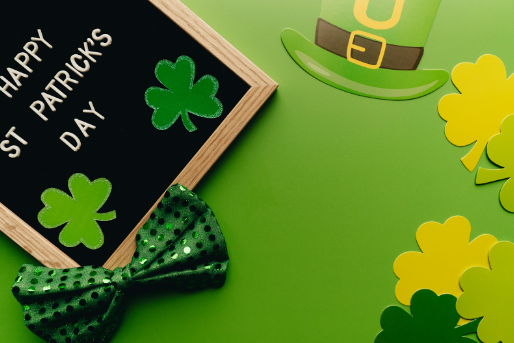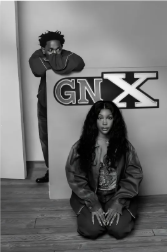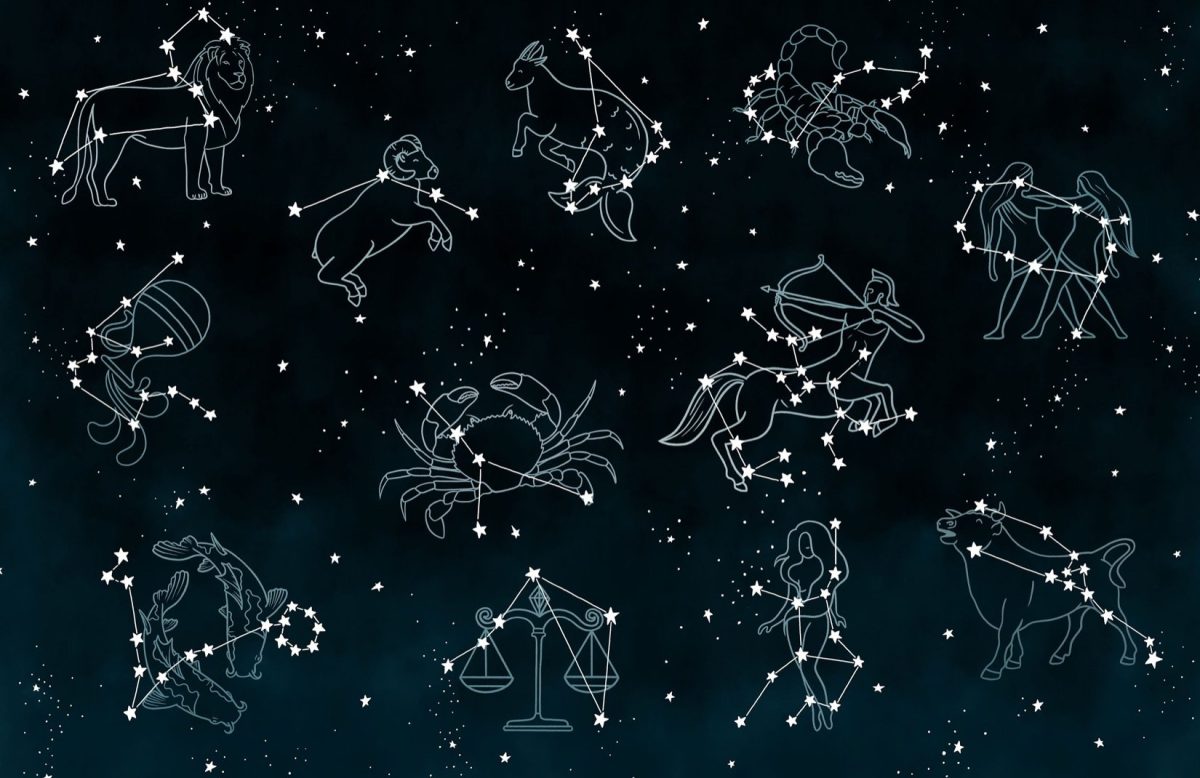
Are you feeling lucky? Leprechauns, four-leaf clovers, and gold coins are just some of the many iconic, lucky symbols of the beloved St. Patrick’s Day. The holiday, celebrated every March 17th, is named after St. Patrick, a Christian missionary in Ireland. According to History, legend has it that he used the shamrock, a three-leafed plant, to explain the concept of the Holy Trinity (the unity of the Father, the Son, and the Holy Spirit) to the Irish people.
The first St. Patrick’s Day, according to History, was celebrated around the ninth or tenth century. Records show that a St. Patrick’s Day parade was held on March 17, 1601, in present-day St. Augustine, Florida, the first Spanish colony established in America. Over the next hundreds of years, millions of Irish immigrants flooded into America to escape the Great Potato Famine, religious persecution, and widespread poverty. The immigrants faced discrimination for their foreign religious beliefs and accents, struggling to find work to support themselves. However, they realized that their growing numbers gave them political influence and organized themselves into a voting bloc known as the “green machine.”
The association of green with St. Patrick’s Day is a combination of historical, cultural, and symbolic factors. In the 18th and 19th centuries, green became associated with Irish nationalism and the desire for independence from British rule as the color was used in flags and uniforms. Green is also associated with spring and rebirth, which ties into the religious symbolism of St. Patrick’s Day as a celebration of the arrival of Christianity in Ireland and the start of spring, which happens on March 19, 20, or 21 every year in the Northern Hemisphere.
Per Irish Central, before 1903, St. Patrick’s Day was purely a Catholic holiday, with the day infused with religious traditions. However, as this holiday was gradually extended to the public, St. Patrick’s Day became the lively celebration that it is known as today. In Ireland, St. Patrick’s Day is marked by religious observances and traditional Irish music and dancing. Lively parades across cities and towns host elaborate processions featuring floats, marching bands, and dancers. Numerous people also attend church services to honor their patron, St. Patrick, followed by delicious feasts. St. Patrick’s Day has also become a global celebration of Irish culture, with cities around the world hosting their own events to showcase Irish music, dance, and food. One of the most interesting international traditions to celebrate the holiday is in Chicago. According to National Public Radio, beginning in 1962, every year Chicago’s rivers are dyed a vivid green as part of the festivities.
In addition to the green that is associated with St. Patrick’s Day, leprechauns have also become a symbolic figure, usually sitting next to a pot of gold under a rainbow. In the US, leprechauns are an iconic addition to classrooms and home decorations as the month of March rolls around. This relationship most likely comes from Irish folklore and, according to History, also from Celtic beliefs in fairies. According to these folktales, leprechauns were painted as mischievous tricksters trying to protect their treasure. Children’s tales warn of the leprechauns’ sneaky tendency to pinch people; however, you can become invisible to these creatures and avoid getting teased on St. Patrick’s Day by only wearing the color green.
As March 17 is coming up, take the time to enjoy and participate in the festivities. Whether you’re inspecting your lawn for a magical four-leaved clover or dancing a jig to bagpipe music in New York City, the spirit of St. Patrick’s Day has truly become an integral part of US traditions and a lucky day marked in everyone’s calendar.













































































































































